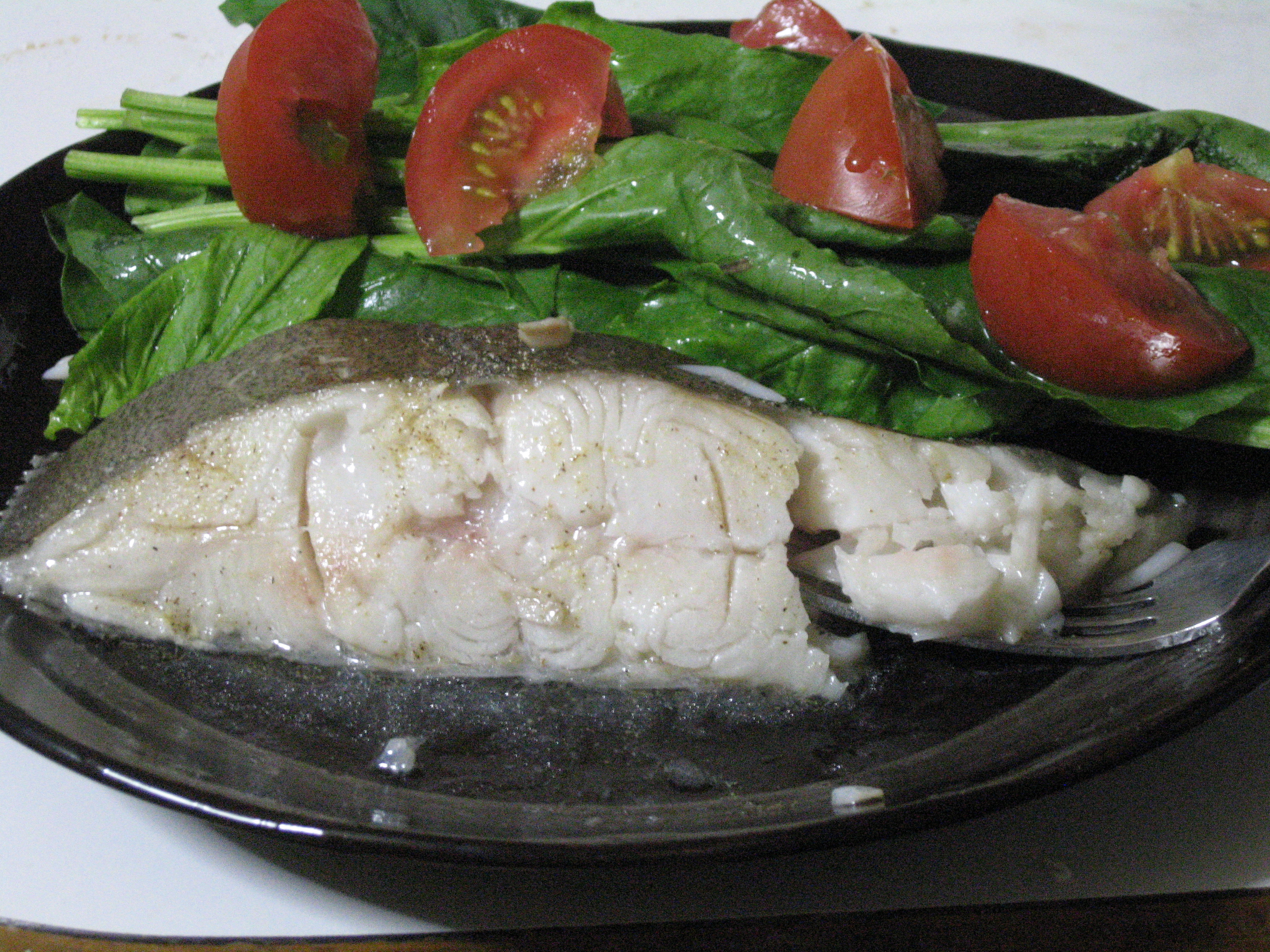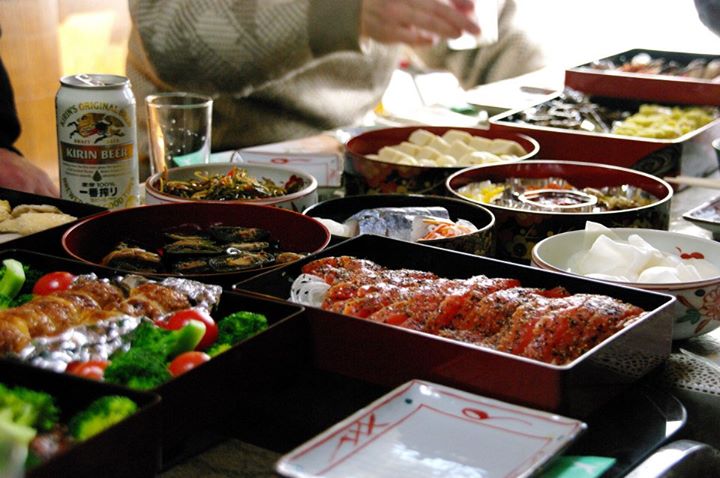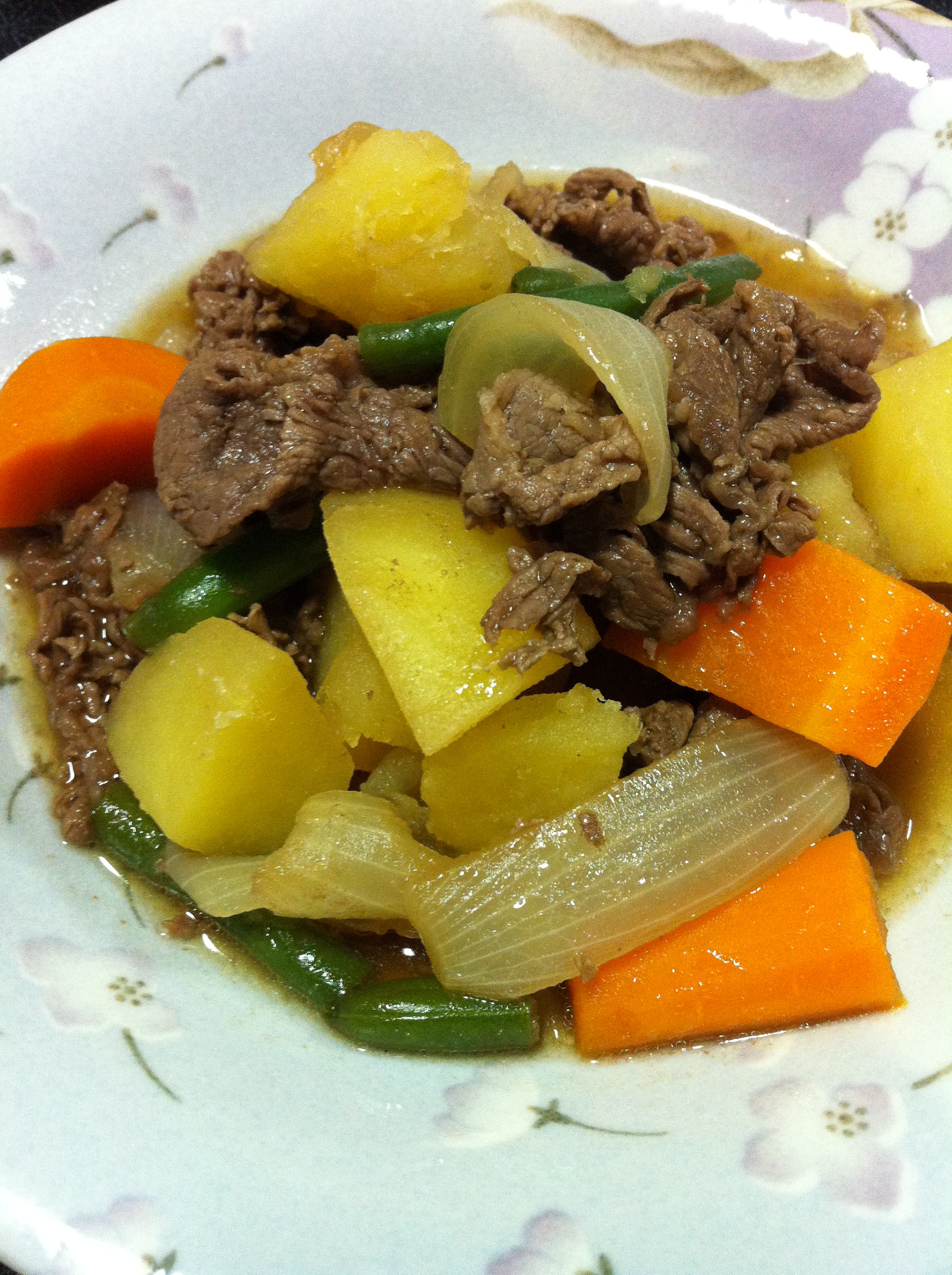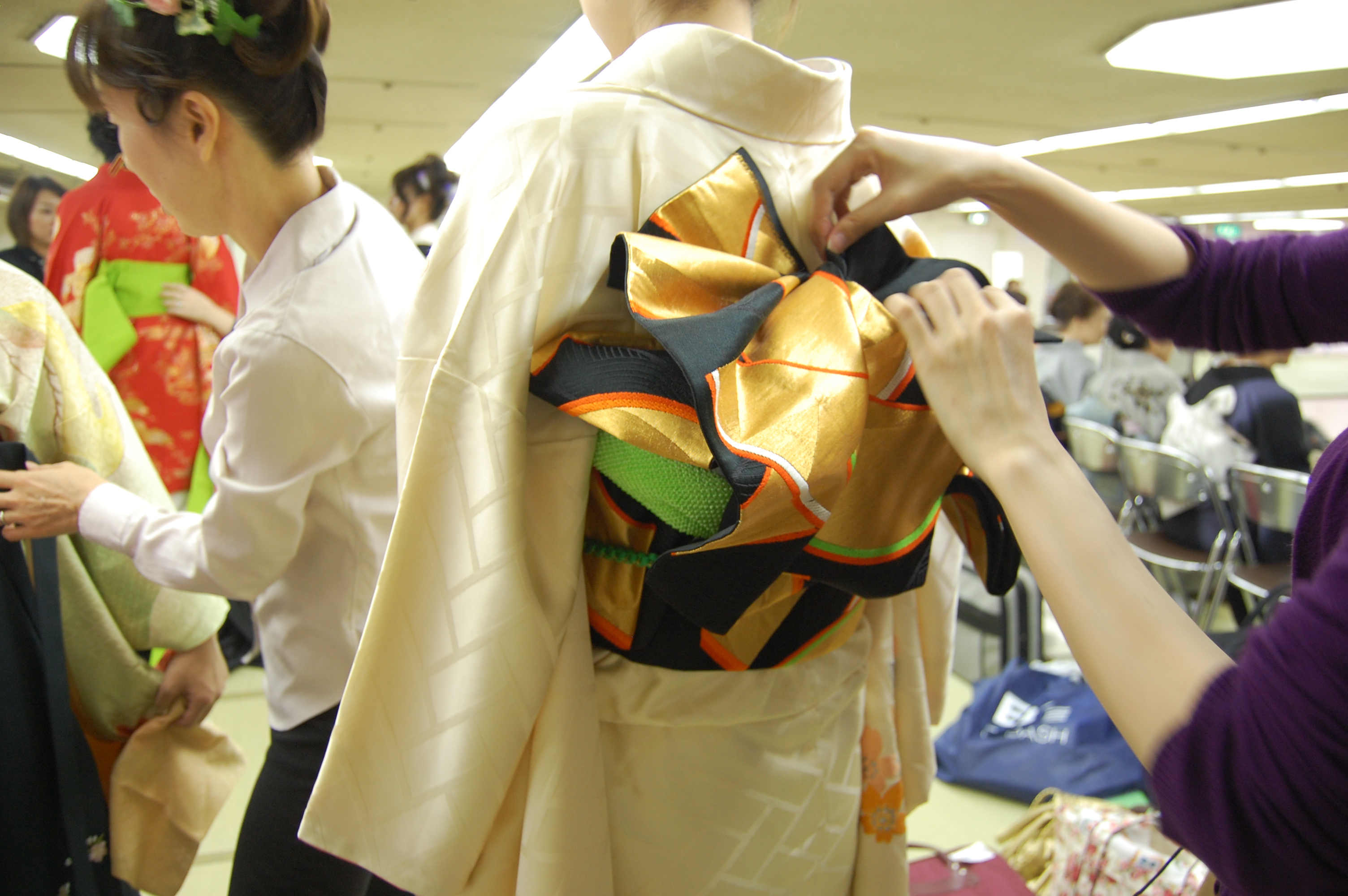Kicchiri Kitchen: FISH!
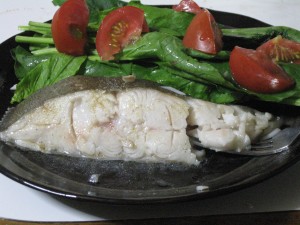 I did not know how to cook fish before coming to Japan, mostly because fish in Michigan is either dreadfully expensive or of very poor quality. In Japan, things are obviously different. Sure, Greenpeace would have you believe we’re over fishing the oceans and will run out of fish sometime this century, but I believe in moderation. Besides, one can only eat chicken for so long. Now I will tell you more about fish than you would ever want to know. .
I did not know how to cook fish before coming to Japan, mostly because fish in Michigan is either dreadfully expensive or of very poor quality. In Japan, things are obviously different. Sure, Greenpeace would have you believe we’re over fishing the oceans and will run out of fish sometime this century, but I believe in moderation. Besides, one can only eat chicken for so long. Now I will tell you more about fish than you would ever want to know. .
How to Buy Fish
First, a word on buying fish. Fresh fish is extremely perishable. So much so that walking back home from the grocery store on a hot July afternoon can cause it to go bad. Therefore, here’s what you want to look for in a fish.
If your fish is not prepackaged, you will probably be able to smell it. If it smells fishy, like ammonia, or in any way off, it isn’t fresh. If the fish is missing scales, slimy, or dry looking, it is not fresh. If the eyes are dull or cloudy, it is not fresh. If you are buying cut flesh, it should be bright in color. If the flesh does not spring back when you press it, it is not fresh. Chances are, you will not find fish that is not fresh in a country that regularly consumes sashimi, but knowledge is power. Keep the fish as cold as possible, and cook it the day you purchase it if possible. If you buy frozen fish, it should be thawed slowly in the refrigerator. Wrapping it in paper towels works quite well. It will take anywhere from 8 hours to a day. Plan ahead.
How to Cook Fish
There are two types of fish, lean and oily. Lean fish is usually white, like cod or tilapia. Oily fish is usually darker, with lines of fat, like yellowtail (ã¶ã‚Š) or salmon. “Oily” fish is actually still leaner than most other meats. Oily fish takes longer to cook, because the fat transmits heat more slowly.
If fish gets too hot, it will dry out completely. If you have ever had a really bad kyuushoku, you know exactly what this fish tastes like. It is very easy to overcook fish, so a common practice is to remove the fish from the heat before it is completely cooked, and let the heat remaining in the fish finish the cooking process. Regardless, check the fish you are cooking constantly. Watch it like a paranoid security guard watches that high school boy with oddly placed piercings.
There are different ways to check your fish. It should flake a little bit along the seams, and spring back quickly when you press it. The flesh should be opaque all the way through. Knowing when fish is done takes practice, but I paid close attention and had it perfect by my fourth filet.
I know you’re a little curious about the fish grill hidden under your gas burners, so let’s go ahead and use it. If you don’t have a fish grill, use your newest non-stick frying pan, and let’s get this show on the road.
Grilled Yellowtail with a touch of lemon-pepper
- 2 filets of Yellowtail (ã¶ã‚Š) (Other white fish works just fine.)
- salt
- pepper
- 2 tsp. olive oil
- Lemon juice
1.  Heat your grill or fry pan over medium heat. Add the oil. Rinse your fish with cold water and pat it dry with paper towel. Sprinkle a pinch of salt over each filet.
2.  Apply fish to heat. Cook the first side for about 90 seconds, then flip.
3.  After about a minute, check the fish for doneness. Overall, the fish should cook within 1-3 minutes per side, depending on the thickness of your filets and how well done you like your fish.
4.  Remove fish to plate, sprinkle with lemon juice and pepper, and serve with a summery salad. Something involving baby spinach and mini tomatoes.
Serves 2.
Travis Love is the Hyogo Times Food / Jazz contributor. He lives in Aioi, and would love to hear from you in the comments below or via Facebook. He has never released a country music record.
